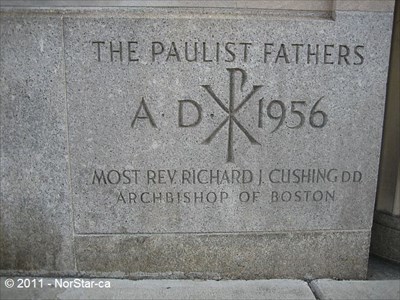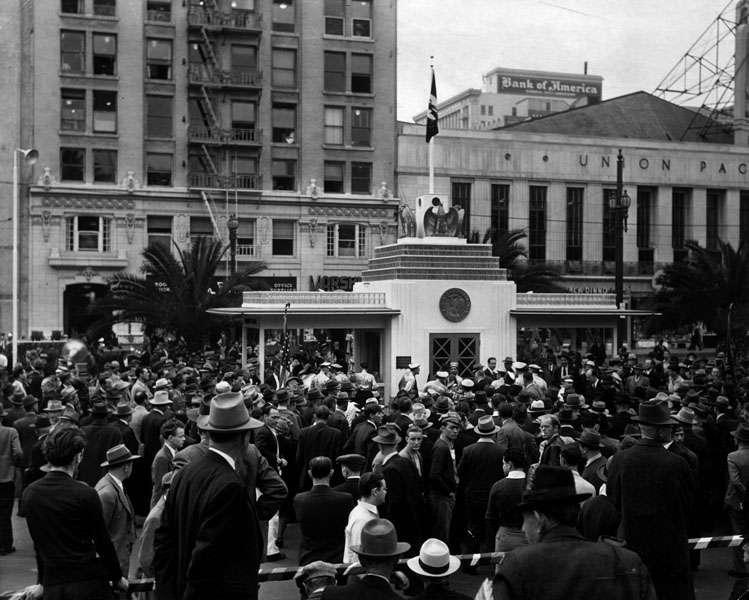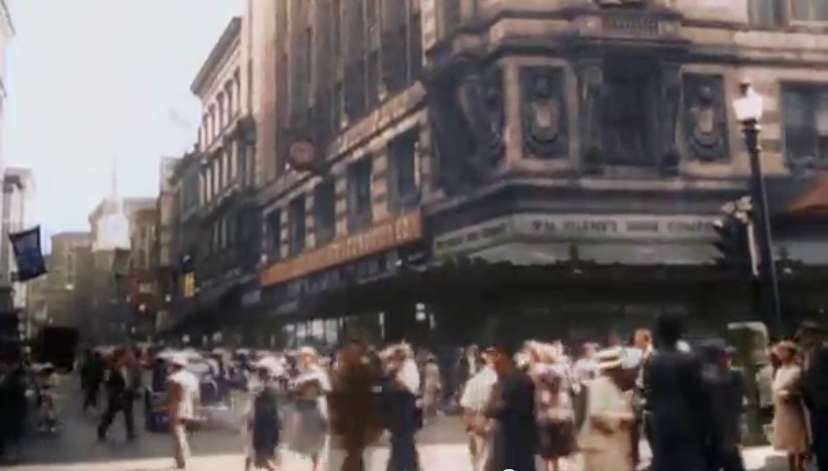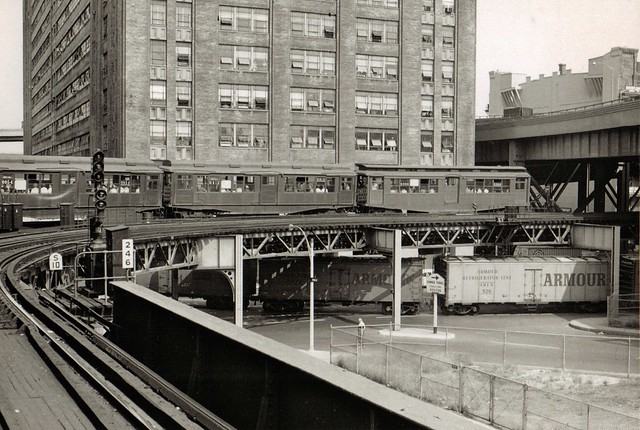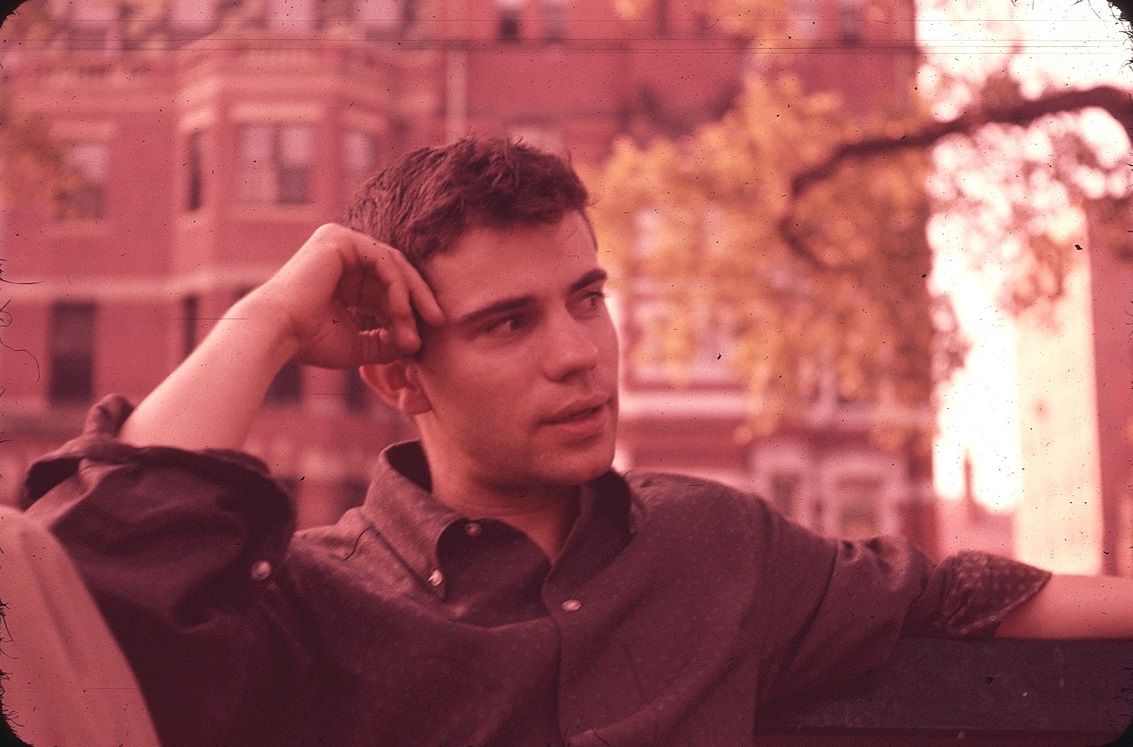Padre Mike
Active Member
- Joined
- Jan 27, 2007
- Messages
- 681
- Reaction score
- 1
That's the way I feel when looking at this now and then's, too.
To finish out my weekend's work looking at old photos, here are four from the MIT Libraries.
My questions, comments:
Paulist Center - I swear I remember seeing it look like this in the 1990's, but from what I gather, it didn't look like this after the '70's?
Massachusetts Ave - wow. What a change. If it looked like this today, I'd live there.
Dartmouth Street - not sure where this part of the street is located - the description says Back Bay, but where?
Boston Common - this image shows all these houses on the Common - what were these??
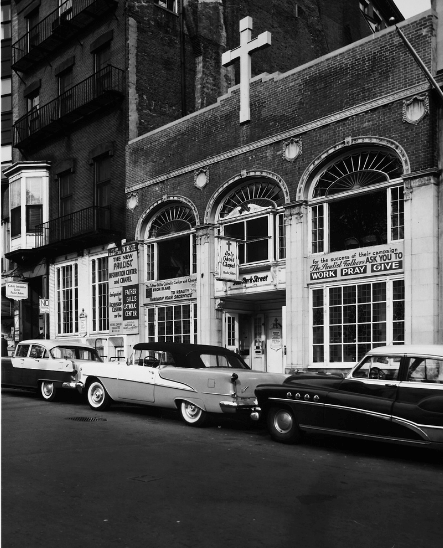
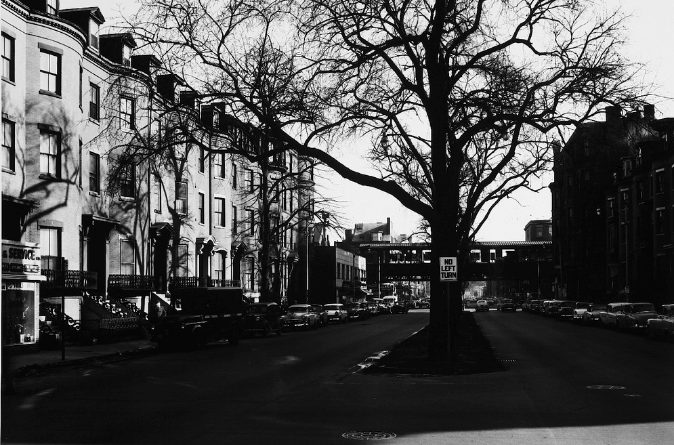
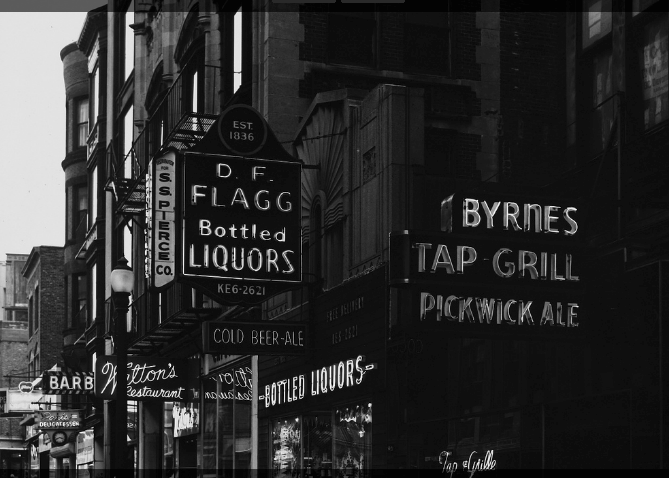

Paulist Center: Wow....Clearly they built offices over the original chapel.
Common: The Common had a village of houses during WWII for various aspects of war support and fund raising, etc.


